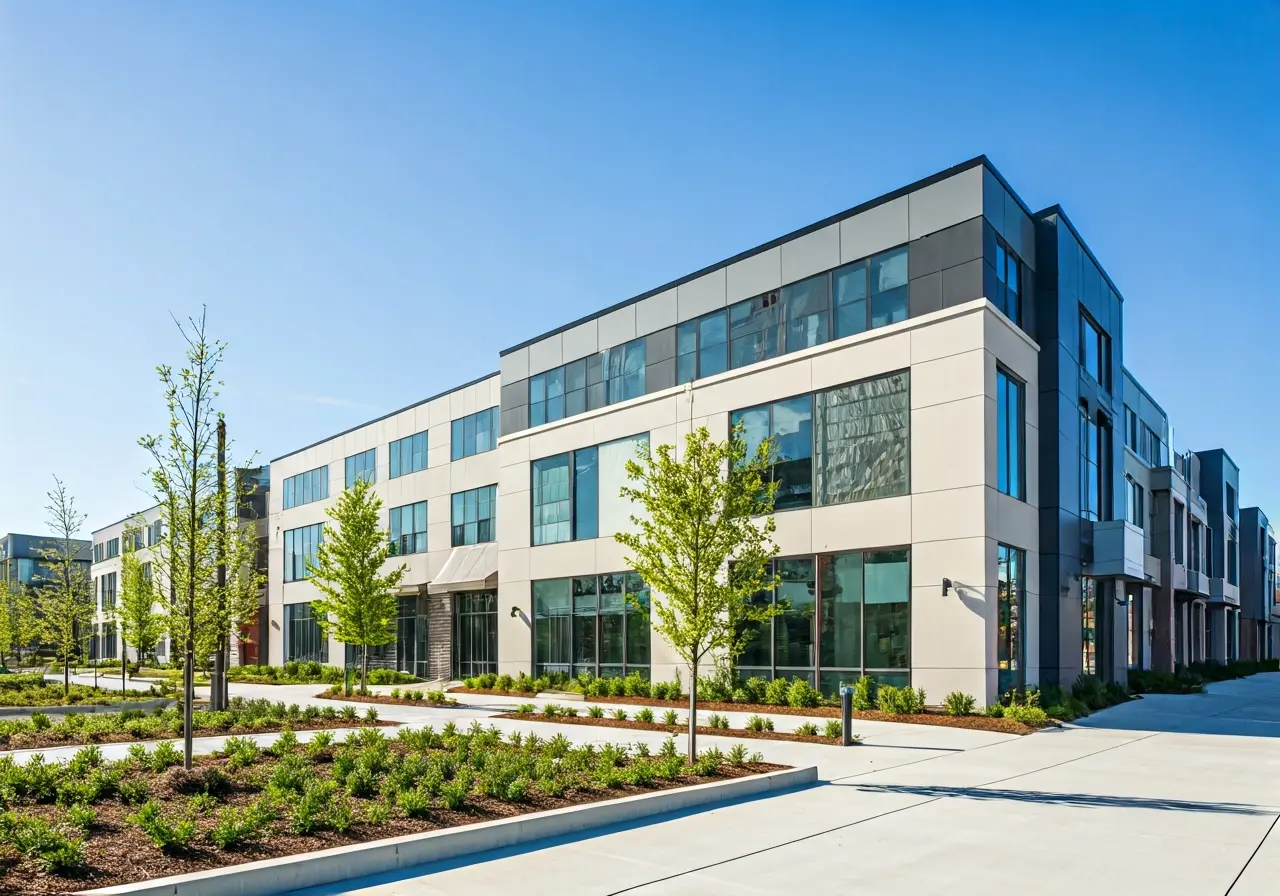There has been a surge in building mixed-use developments due to a demand for more walkable, all-in-one-place neighborhoods. With the emergence of the newest generation of entrepreneurs and young professionals, studies find these “urbanites” have an increased desire for a more in-town living experience and lifestyle.
There are three categories of mixed-use properties: vertical mixed-use buildings, horizontal mixed-use blocks and mixed-use walkable neighborhoods. Although the layout of these different types of mixed-use properties varies in spatial design and layout, they all have the same goal in mind: to create an atmosphere where residents can live, work and play.
A large misconception about mixed-use projects is that they are simply shop-fronts with housing located above. Architects have declared a primary and secondary use for mixed-use developments. The primary use of a development controls configuration, orientation and disposition which helps to marginalize the building’s ability to effectively host other, commercial or office uses. This designation allows for a landowner to have the right to “choose” a specific use for the property: commercial or residential.
The common goal is to create a three-dimensional, pedestrian-friendly place that allows for compatible land uses, public amenities and utilities on a multitude of scales and intensities. The variability of mixed-use developments creates an atmosphere that allows people to live, work and play in one location that Millennials find very appealing.
If you are interested in what you’ve read and are looking for a solution to your real estate marketing needs, contact our Atlanta advertising agency today.

.jpg)
